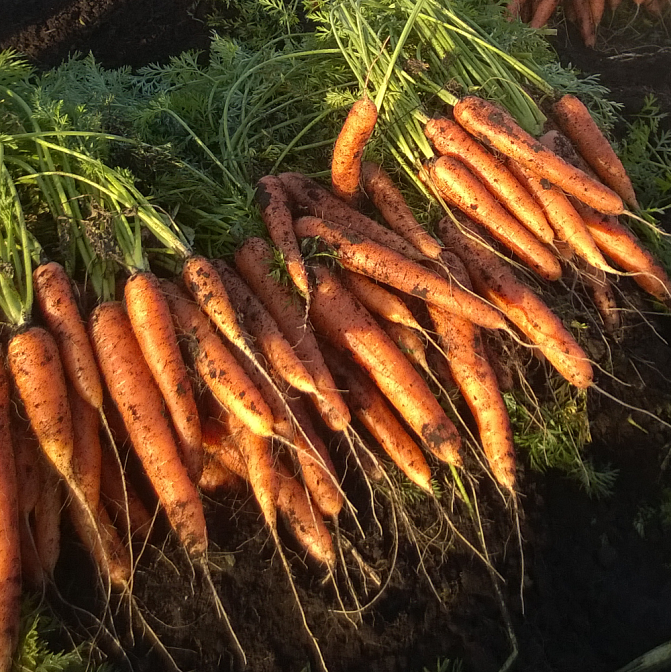Saleable yields of vegetables, berries and fruits include the parts that people usually eat. Vegetable yields can, for example, consist of leaves, tubers, bulbs, roots or fruits. In addition to saleable yields, horticultural production generates various edible and inedible side streams. Edible side streams include crops that remain in the field or stock due to market disruptions and that cannot be sold. Inedible side streams include crops that are ruined by the weather or pests, and plant parts other than those produced for food, such as tops and other green biomasses.
The nature of biomass left in the field or greenhouse after harvesting varies significantly depending on the type of plant. However, typical biomasses include tops and stems. In the production of tomatoes and cucumbers in greenhouses, leaves are removed on a weekly basis during the harvest season, and the remaining plant parts are removed at the end of the season.
Berries and fruits are perennial plants, from which berries and fruits and usually harvested. Tree and bush shoots are removed by cutting. Similarly, strawberry plants are pruned after harvesting. Strawberries and raspberries are also produced annually in tunnels using large crops that can already produce a high yield in the year in which they are planted. All plants are removed from the tunnels after the harvest season.



